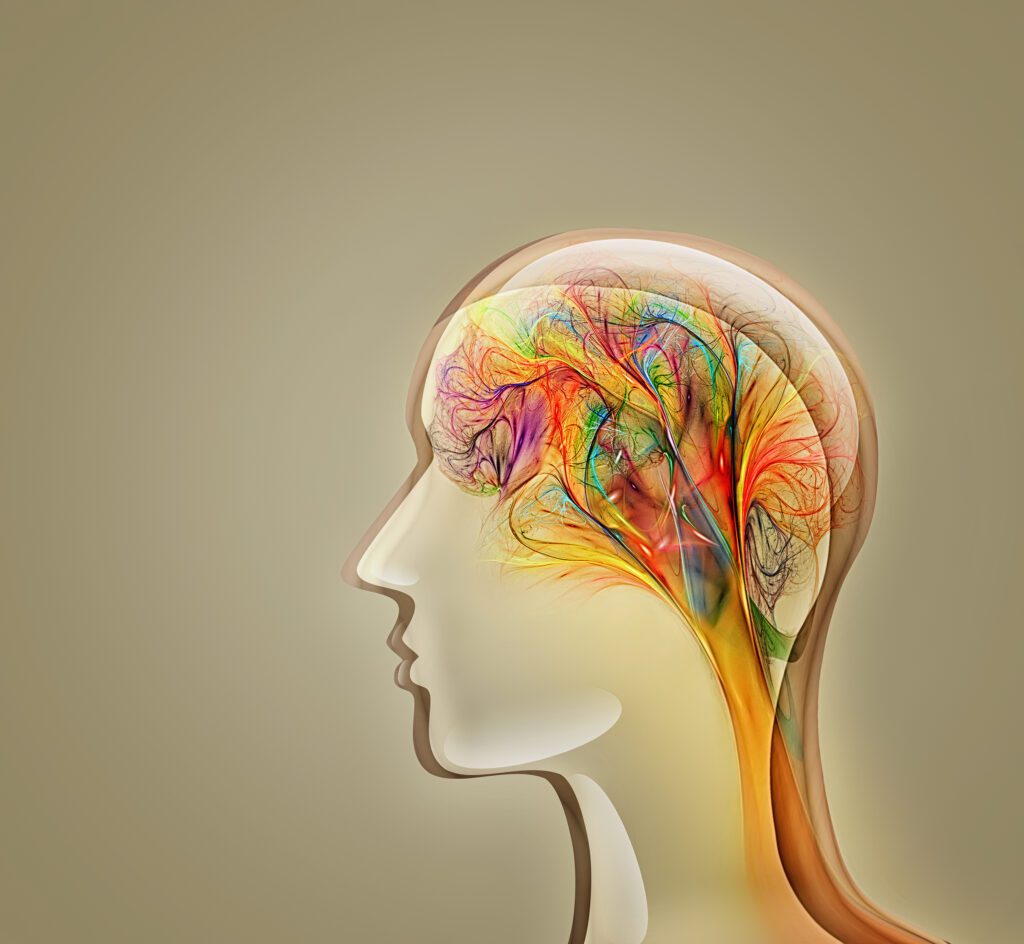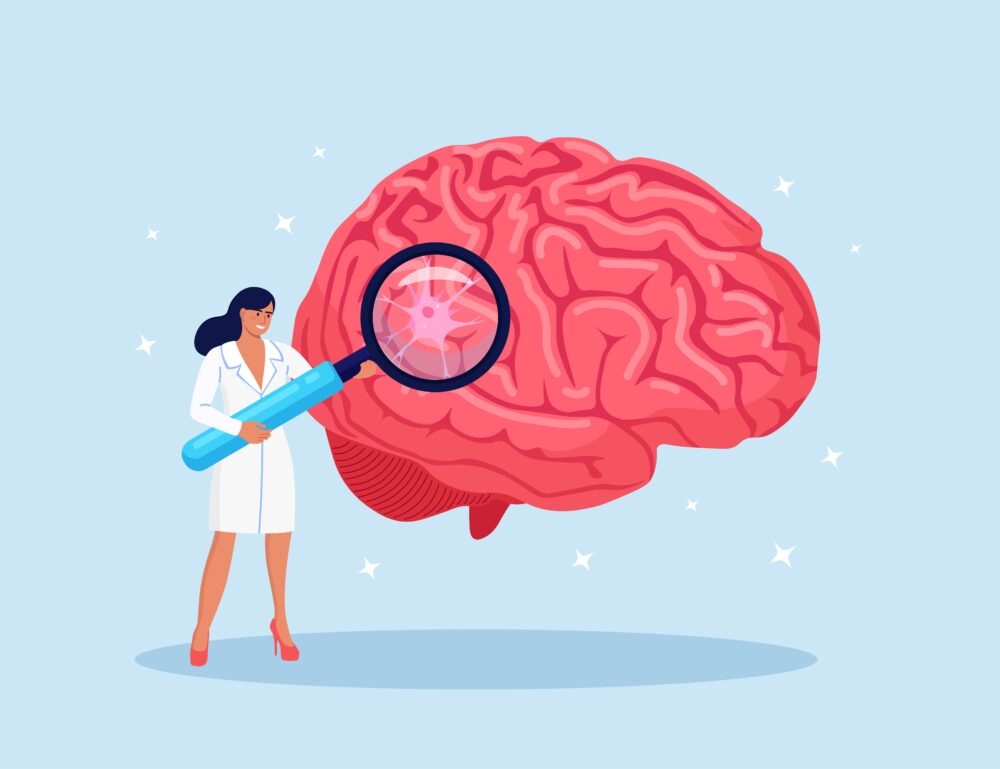The Polyvagal Theory, developed by Dr. Stephen Porges, tries to explain the link between our nervous system, emotions, and social behaviour. It explains how our bodies respond to stress, connect with others, and regulate our internal states.
Understanding the Autonomic Nervous System
The autonomic nervous system (ANS) is a network responsible for regulating involuntary bodily functions. Such functions are heart rate, digestion, and respiratory rate. Traditionally, the ANS has been divided into two branches: the sympathetic nervous system (SNS) and the parasympathetic nervous system (PNS). However, Dr. Porges introduced a nuanced perspective by highlighting the vagus nerve’s role in regulating our physiological and emotional responses.
The Three Vagal Pathways
Central to the Polyvagal Theory are the three distinct pathways of the vagus nerve. Pathways are associated with different evolutionary stages and adaptive functions:
- The Ventral Vagal Complex (VVC):
- Also known as the “smart vagus,” the ventral vagal complex is linked to social engagement, emotional regulation, and connection. When activated, it promotes feelings of safety and calmness, facilitating social interactions and fostering a sense of well-being.
- The Sympathetic Nervous System (SNS):
- Associated with the fight-or-flight response, the sympathetic nervous system prepares the body for perceived threats or stressors. While essential for survival, chronic activation of the SNS can lead to heightened states of arousal and anxiety.
- The Dorsal Vagal Complex (DVC):
- Referred to as the “shutdown” response, the dorsal vagal complex is activated during extreme stress or perceived danger. This pathway is associated with immobilization, dissociation, and withdrawal as a means of self-protection when fight-or-flight responses are ineffective.

The Polyvagal Hierarchy
Dr. Porges proposed that these three vagal pathways form a hierarchical system. The VVC serving as the highest level of regulation, followed by the SNS and the DVC. Depending on the perceived level of threat and the individual’s physiological state, the body dynamically shifts between these pathways to adapt to changing environmental demands.
Clinical Implications
The Polyvagal Theory offers ways of treating various mental health conditions, including anxiety disorders, trauma-related syndromes, and autism spectrum disorders. By recognizing the role of the autonomic nervous system in shaping our emotional experiences and social interactions, clinicians can develop more effective interventions tailored to each individual’s unique neurobiological profile.
Practical Applications
Beyond clinical settings, the Polyvagal Theory offers valuable insights for everyday life. By cultivating practices that promote social connection, emotional regulation, and self-awareness, individuals can enhance their resilience and well-being. Mindfulness techniques, social support networks, and activities that engage the vagal pathways, such as singing, deep breathing, and gentle touch, can help regulate the nervous system and foster a sense of safety and belonging.
Conclusion
The Polyvagal Theory explores the connection between our minds and bodies. By understanding the role of the autonomic nervous system in shaping our responses to the world around us. We can cultivate greater compassion, resilience, and connection in our lives.
Ready to begin? Start your online therapy journey today. Book your first session now.




